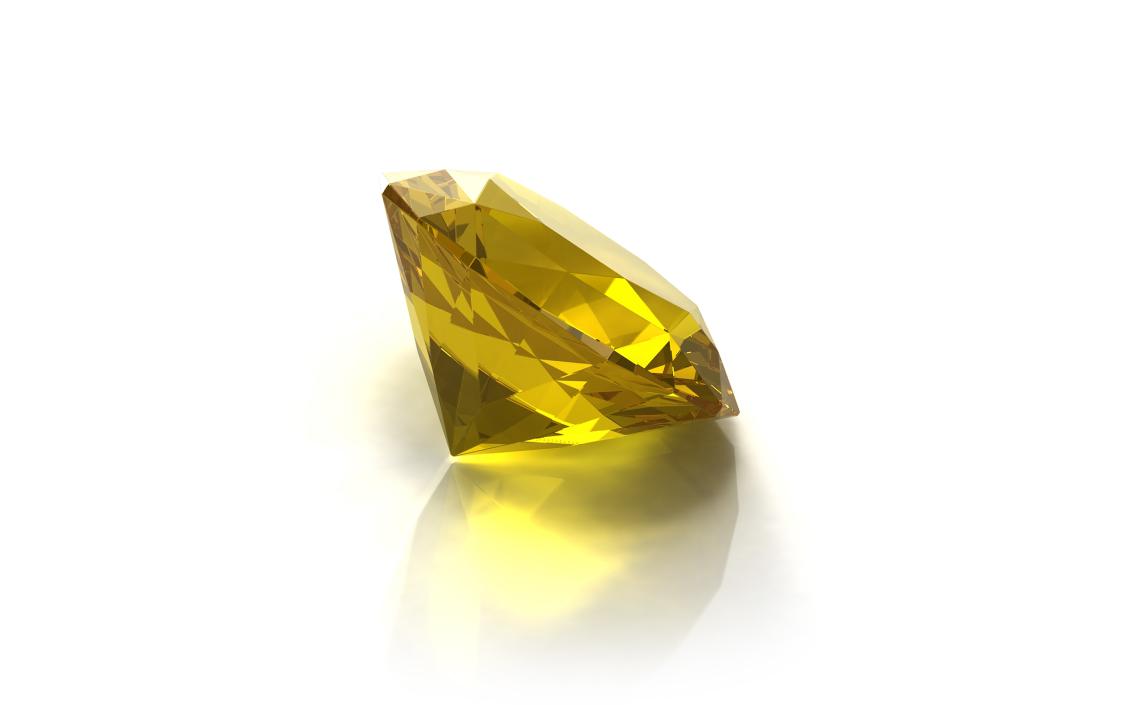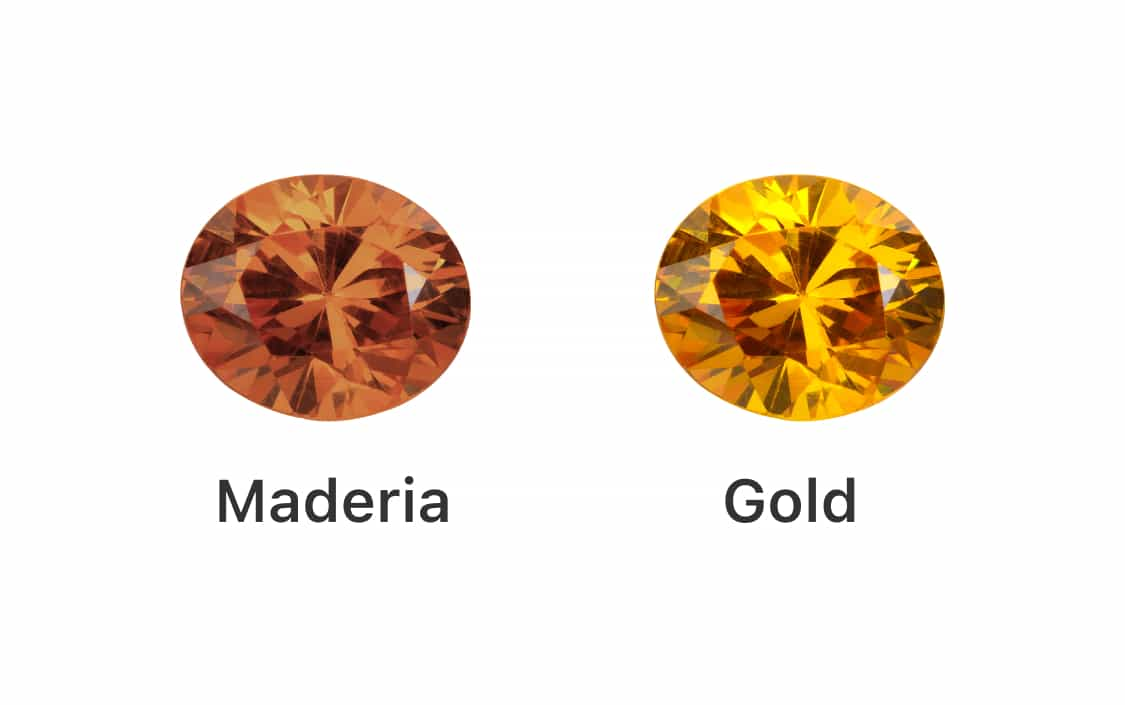Price
Retail price for 1 carat plus citrine:
Quality from high to low
Maderia: $30-$112/ct
Orange: $10-$35/ct
Yellow: $10-$20/ct
Gold: $5-$15/ct
Main origin:
Citrine is primarily found in Brazil, Madagascar, Spain, and the United States. The finest quality citrine is said to come from the Maraba region of Brazil.
Imitation:
Yellow glass, Ferruginous Quartz

